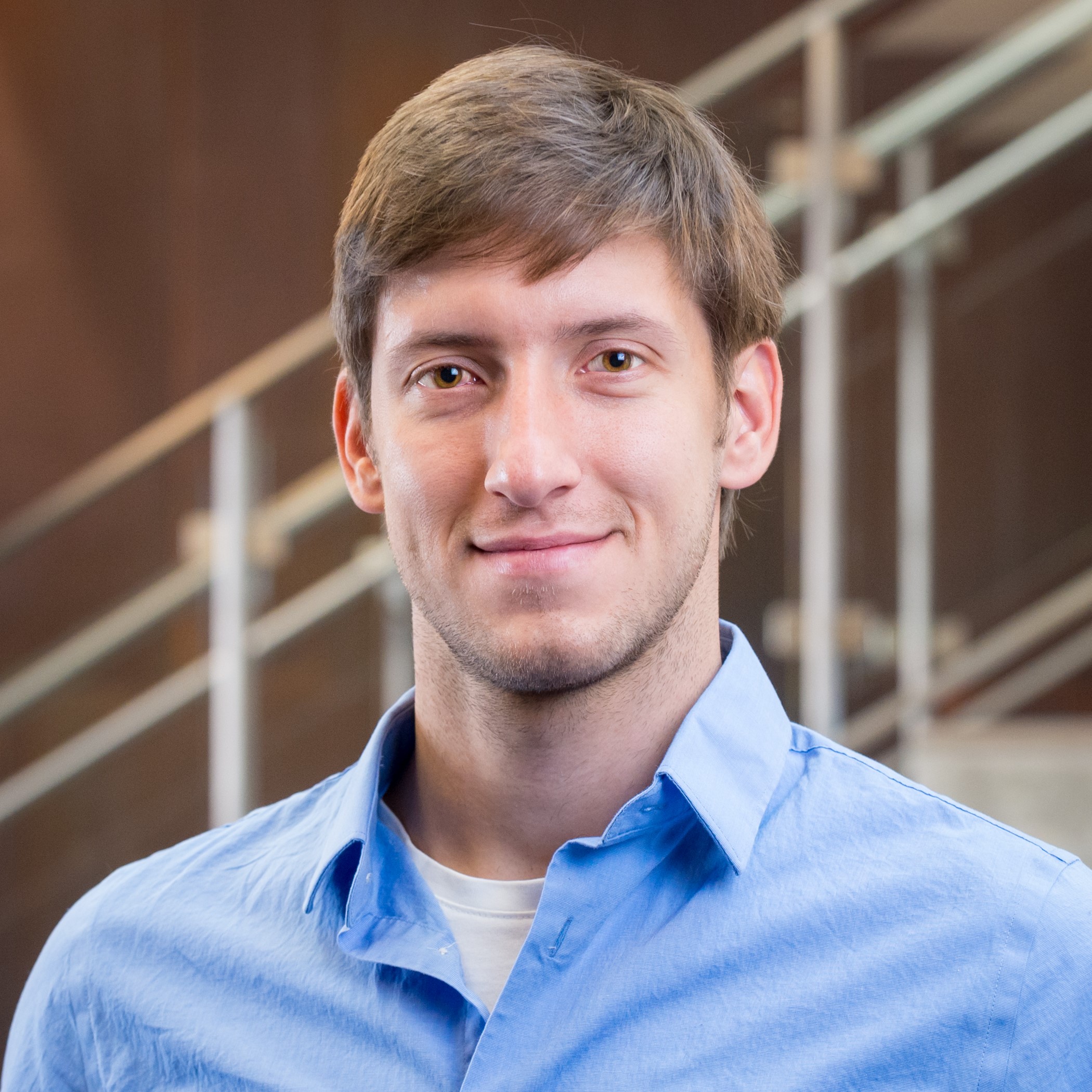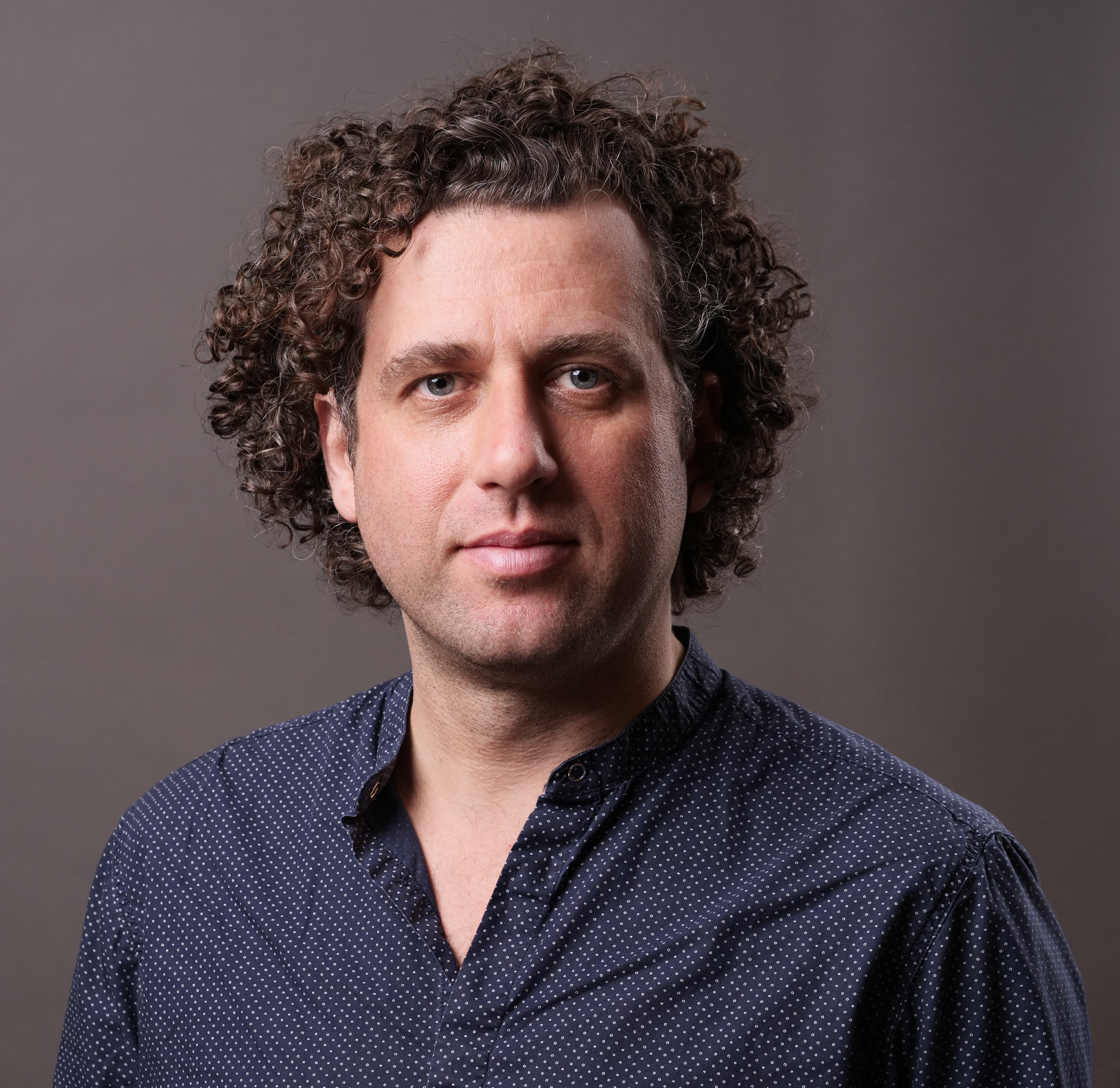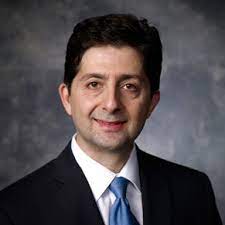ISMVL 2022 | May 18-20, 2022 | Dallas, Texas Fully Virtual
Invited Speakers

Alexey Galda, Ph.D.
|
About
Alexey is a principal quantum computing scientist at Menten AI. Alexey received his PhD in theoretical physics
from the University of Birmingham, UK, in 2012, completed postdoctoral studies at Argonne National Laboratory,
and joined the University of Chicago as a research assistant professor in 2016. Galda began his career in
condensed matter theory, but now his main research area is in modern quantum computing and its applications
in drug design. He is interested in pulse-level control of near-term quantum devices, variational quantum
algorithms, and quantum machine learning.
|
Ternary quantum logic via pulse-level control: challenges and applications
Quantum circuits are an abstraction that hides the underlying physical implementation of gates and measurements on a
quantum computer. For implementation of ternary quantum logic operations on real quantum hardware, the ability to
execute pulse and readout-level instructions is required. In this talk, I will demonstrate how pulse-level control of
quantum computers can significantly extend their computational capabilities and accuracy. I will present several examples,
including the implementation of a Toffoli gate using ternary quantum logic, and the first experimental demonstration of a
high-dimensional multipartite entangled state in a superconducting quantum processor, which would not have been possible
without pulse-level control. I will conclude by discussing other promising applications of ternary logic for quantum
algorithms, including combinatorial optimization and peptide design problems.
|
|
Current challenges in infinite-domain Constraint Satisfaction Problems
A Constraint Satisfaction Problem (CSP) is a computational problem
where we are given variables V and constraints C about them; the
question is whether the variables in V can be assigned values in a
fixed set A such that all constraints in C are satisfied. Every
computational problem can be modeled as a CSP; natural examples of
CSPs are the question whether some given arithmetic equations have a
solution in the integers; the question whether given linear equations
have a solution in a fixed (finite or infinite) field; the
satisfiability problem for propositional formulas; and the 3-coloring
problem for graphs. The computational complexity of a CSP depends on
the set A of allowed values (e.g., in the case of equations, which
field we want a solution in) and what kind of constraints C are
allowed (e.g., arbitrary equations or only linear equations). For
finite A, it is is known exactly for which kinds of constraints the
CSP is solvable by a polynomial-time algorithm by a celebrated result
of Bulatov and Zhuk using a deep algebraic theory. We give an overview
of the current state for CSPs with infinite value set A, the main
mathematical ideas so far, and the challenges we need to overcome in
order to obtain a satisfactory understanding of polynomial-time
solvability for such CSPs.
|

Michael Pinsker, Ph.D.
|
|

Aria Nosratinia , Ph.D.
|
About
Aria Nosratinia is Erik Jonsson Distinguished Professor and associate head of the electrical engineering
department at the University of Texas at Dallas. He received his Ph.D. in Electrical and Computer
Engineering from the University of Illinois at Urbana-Champaign in 1996. He has held visiting appointments
at Princeton University, Rice University, and UCLA. His interests lie in the broad area of information
theory and signal processing, with applications in wireless communications, machine learning, data security
and privacy. Dr. Nosratinia is a fellow of IEEE for contributions to multimedia and wireless communications.
He has received the National Science Foundation career award, and the outstanding service award from the
IEEE Signal Processing Society, Dallas Chapter. He has served on the editorial boards of various journals,
and the technical committee and organizing committee of various conferences in his field. Dr. Nosratinia is
a registered professional engineer in the state of Texas. He was named a highly cited researcher by
Clarivate Analytics.
|
Non-Binary Signaling for Multi-User Communication: Recent Results and the Road Ahead
Non-binary signaling is necessary to extract the maximum available capacity from many channels, and is accomplished
through methods collectively known as coded modulation. In the point-to-point channel, coded modulation has a long and
successful history, dating back to the early 1970's. The systematic exploration of multi-user coded modulations, which
have their own requirements and techniques, is of recent origin. This talk will highlight a summary of known results in
coded modulation for multi-user systems, including implementations of superposition coding for downlink channels and the
relay channel. Several open problems in this area will be outlined.
|




